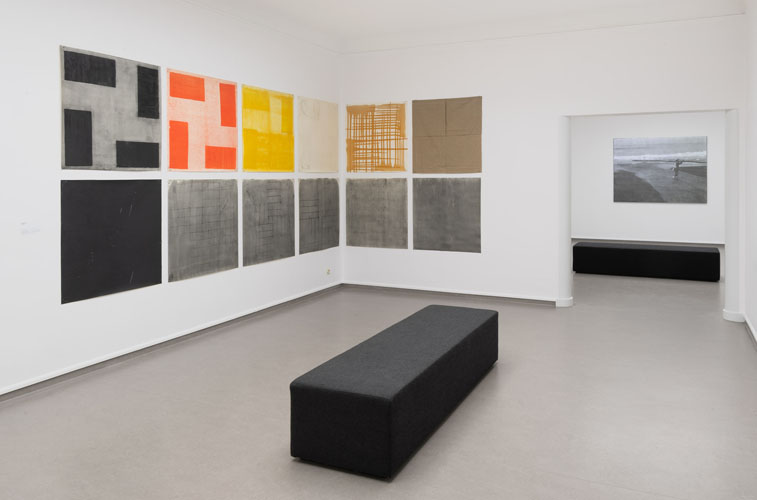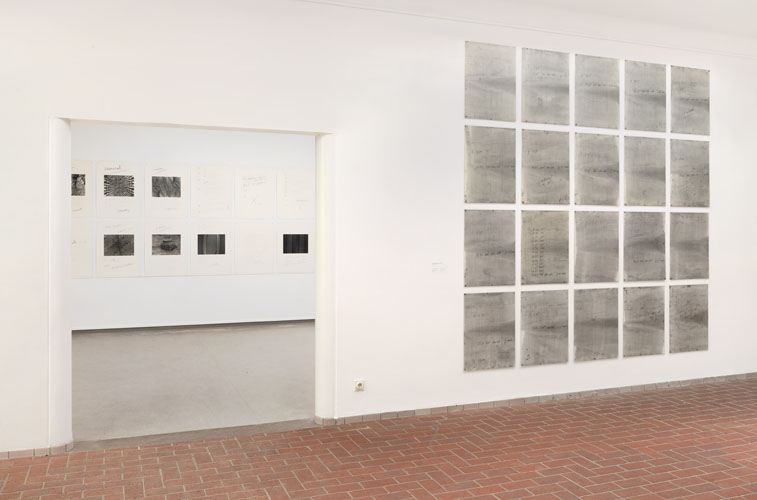
The occasion for the presentation is the acquisition of Hetty Huisman’s Baselines (1974), a key work in the artist’s oeuvre. The series of sheets shows the core of Huisman’s artistic practice, in which she experiments with the medium of ceramics. Baselines is an important addition to the other works by Huisman in the museum's collection.
Relationship with ceramics
In the early 1960s, Huisman studies at the Staatliche Ingenieurs- und Werkschule für Keramik in Höhr-Grenzhausen, Germany, where she conducts technical research into ceramic chemical processes and refractory materials. She focuses on the combustion of earth: the process of turning wet clay into dry and hard forms through firing. A trip to the west coast of the United States in 1966 brings her into contact with artists who challenge the limited perception of ceramics as functional objects. In 1968 Huisman adds ‘CeragenetiCs’ to her name, a contraction of ‘ceramics’ and ‘genetics’, to emphasize her intimate relationship with ceramics.

Chemistry experiments
Huisman engages in a conceptual, almost chemical experiment with ceramics. She deconstructs, dissects and disassembles things in order to create new work with the resulting basic elements by rebuilding, assembling and recomposing them. This analytical approach is apparent in Baselines, which derives from a sculpture that Huisman made in 1970: Uppies or Downies, No Comment – No. 1. She dissects its basic materials – graphite, lead, aluminium and ceramic – and develops these into four series of six sheets. In another series, Graph and Graphite – No. 4 (1975), Huisman incrementally notes the effect of ever higher kiln temperatures on clay firing.
